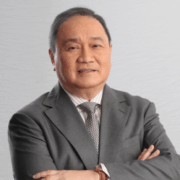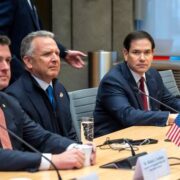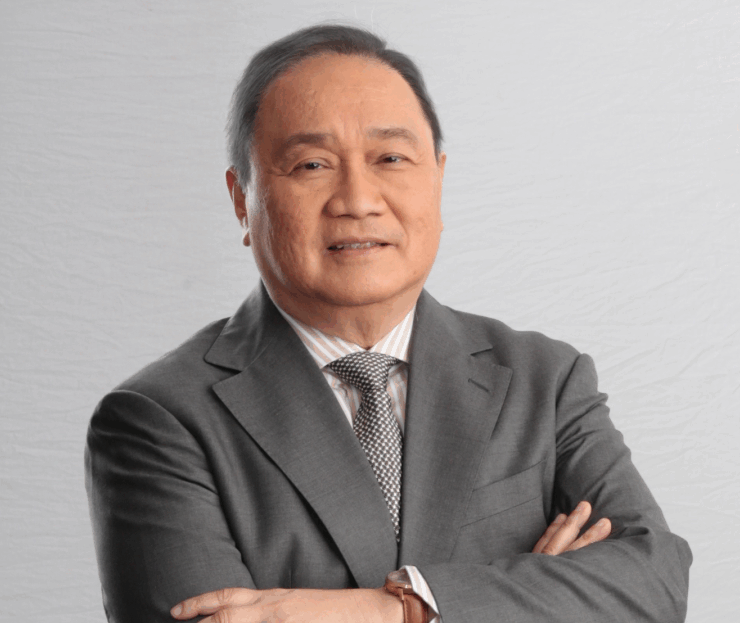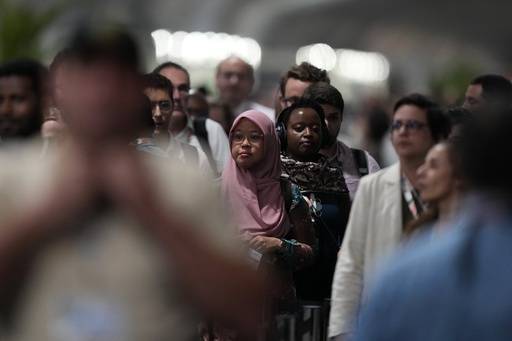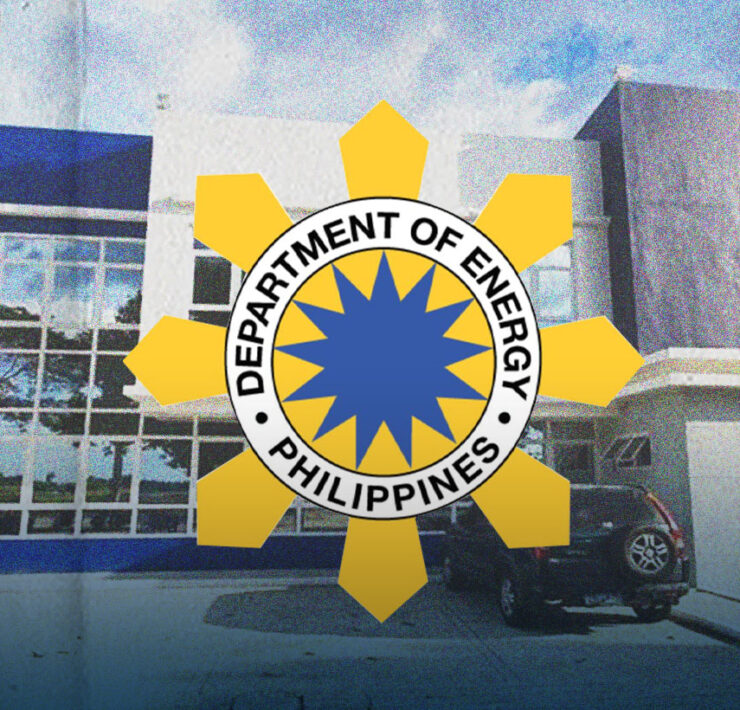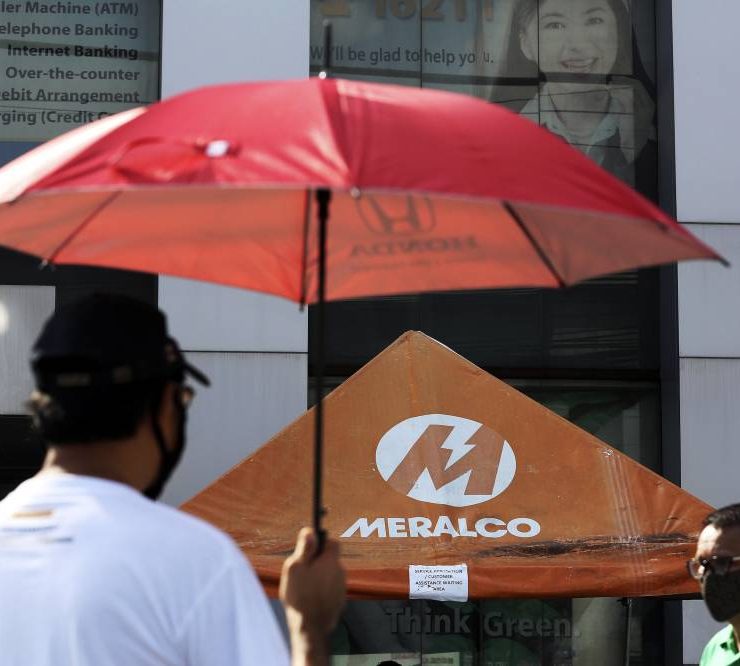Key challenge: Transitioning quickly, responsibly to RE

Despite the lower cost of generating renewable energy (RE), the available technologies to harness it, and the sustainability it promises, why are some 3 million households in the Philippines still living without access to electricity?
This is the challenge for players in the energy industry that have been working to shift to RE and provide more stable and affordable power, especially to communities in far-flung and isolated areas.
Ultimately, they want to reduce the country’s reliance on coal and gas, in line with the target of the Department of Energy (DOE) to raise the share to 50 percent of RE sources, such as solar and wind, in the country’s power generation mix by 2040.
Solar dryers
This shared goal is seen to benefit some 3 million households that have yet to be electrified, according to a DOE estimate in July this year.
For Erel Narida, founder of One Renewable Energy Enterprise Inc. (ORREI), an RE developer offering innovative off-grid solutions, expanding the country’s RE capacity will be a boon to the agriculture sector as it is at the mercy of disasters and climate change.
“We are (geared toward) development of the islands… (because) that’s where it’s needed. That’s why we need to think of innovations on how to make it,” Narida said at the Inquirer’s ESG Connect forum on Nov. 21 with the theme, “Adaptive Energy Systems: The Realistic Route to Net Zero,” held in partnership with AboitizPower Corp. and GCash.
On the islands of Sibutu and Sitangkai in Tawi-Tawi, which is a major producer of seaweed, ORREI introduced dome-type solar dryers, designed by Mindanao State University, to help seaweed farmers boost their productivity and improve their products.
“One of the challenges there is that they cannot process it. When they dry it (manually), it gets contaminated,” Narida said. “The whole idea for this is to add more capacity using renewables to add value to the quality of their products.”
He noted that the facility could also be used to produce dried fish, thereby creating more livelihood opportunities and increasing economic activity in small coastal areas.
ORREI also brought a hybrid solar microgrid to Malalison Island in Antique, just two hours away from Boracay Island, using a 50-kilowatt (kW) solar photovoltaic (PV) system with lithium-ion batteries and a diesel generator.
According to Narida, residents declared a “10-percent increase in household income and more diverse income streams,” with more tourists coming to the island after the electricity became stable despite the area being off the national grid.
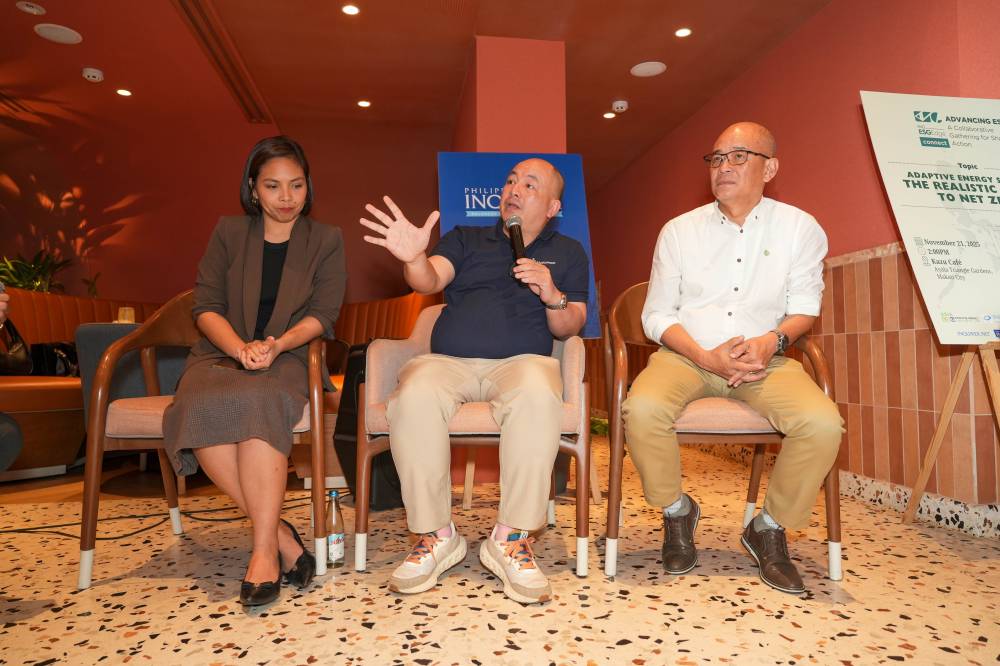
Six main areas
Another RE technology that the Philippines has yet to fully tap is offshore wind, with at least six main areas seen as potential “zones” for development, said Ann Margret Francisco, Philippines country manager of Global Wind Energy Council.
These are Manila, northwest Luzon, northern and southern Mindoro, Negros/Panay West, and Guimaras Strait.
“Why are we mobilizing offshore wind in the Philippines? Well, precisely because we have 178 gigawatts of potential. Because we have vast waters, and the wind in the oceans is stronger than the wind here on land,” Francisco said.
There is a need to diversify the country’s portfolio of RE sources through higher offshore wind capacity because it can complement solar and onshore renewables “to deliver round-the-clock clean power,” she stressed.
In fact, Franscisco noted, the DOE’s target of 50-percent RE share is “achievable” if this technology is harnessed in the country. And the prices of offshore wind, along with solar PV, have dropped significantly—by more than half—in the last decade.
“As you put in more capacity, the costs will go down because then you start localizing parts of your value chain… [With] the higher capacity being put in the system, the cost model also goes down,” she explained.
Beyond power supply capabilities, the RE industry also offers more employment opportunities as it supports nearly 14 million jobs, which is projected to triple by 2050 with technologies such as battery storage, floating solar, and green hydrogen coming in, said Francisco, citing the latest report by the International Renewable Energy Agency, a global intergovernmental agency promoting RE-based energy transition.
Just movement
“And with that, there’s a call for a just transition movement. Because as we move toward RE, we have to ensure that the workforce, and the infrastructure that we use for coal, will be still utilized for the RE technology that we are actually elevating,” she added.
But for Francisco, the country still has a long way to go before the RE share can reach the halfway point in the power mix as “coal is still king.”
According to her, there is a lack of infrastructure and commitment from the National Grid Corp. of the Philippines (NGCP), which controls the country’s transmission line, for a more “resilient” grid that could take in more power from RE in at least the next 10 years.
“There is no transition (to RE) without transmission,” she pointed out. “Definitely, we would need strengthened grids.”
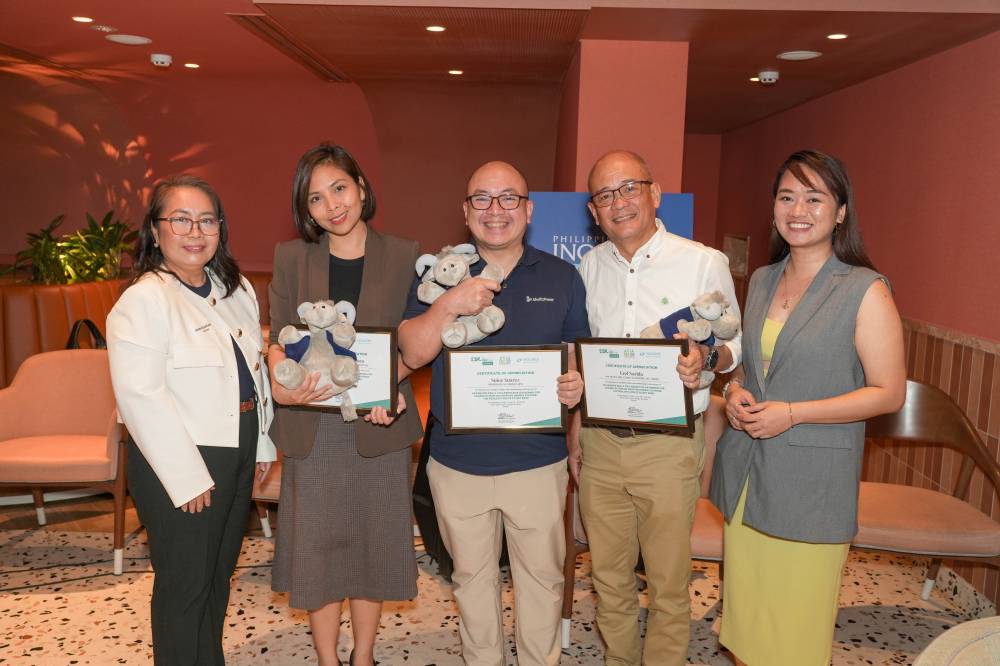
‘Balanced approach’
Suiee Suarez, vice president for corporate affairs at AboitizPower Corp., also sees the need to build more power lines and inter-island connections and upgrade aging assets to serve hybrid RE projects.
“In Southeast Asia, wire build alone must increase to more than double its size in terms of length of kilometers of wires by 2050,” he said, citing estimates from the Energy Transitions Commission, a global coalition with a common goal of reaching net-zero transmissions by 2050.
But “regulatory and political risks” such as red tape get in the way.
“These can translate to higher project costs, delays, or even project cancellations. Moreover, seeing the effect Typhoon ‘Tino’ or ‘Uwan’ had on cities and communities, a key challenge is also strengthening the resilience and restoration strategies and capabilities of the energy system as a whole,” Suarez said.
The switch to higher reliability on RE should be met with a “balanced approach,” or the view that each energy source has a “part to play in a larger energy mix,” with the end goal of making electricity much more accessible.
“For fossil fuels, they have yet to be displaced by a clear, viable economic alternative in meeting base load demand at scale, so much so that they still make up nearly 60 percent of 2024 global electricity generation,” noted Suarez.
The road to net-zero emissions will have to be a collective effort as it is a daunting task that would need continued partnerships among stakeholders, government, policymakers, and affected communities, he stressed.
“It takes everybody to make it happen—transmission, regulation, social acceptance. It’s not an easy task to grow and to transform,” Suarez said.





